A Guide to Goshuin: Japanese Shrine and Temple Stamps
Make Meaningful Memories Of Your Time in Japan
It’s 2020. What are you going to do differently this year?
Everyone says “new year, new me” but how many people can honestly say they’ve kept up their new habits for the year?
Unfortunately for many years, I was a part of that group. I did great from January until about March, and then… Nothing. I got lazy. I didn’t keep up the habits I’d hoped or found it was easier to do something else instead.
Last year, de-stressing my life was important, and I put my own advice to good use. My resolution was to get out on more interesting walks and to try something new. Plus, I figured if it was learning or studying something on the way, then that’s even better. My nearest and dearest know how much I love visiting temples and shrines – and my collection of omamori over the years has been extensive. So I figured, why not take up collecting goshuin too?
What are Goshuin?
Goshuin (御朱印) are seal stamps that worshippers and visitors to Shinto shrines and Buddhist temples collect in special books called goshuincho (御朱印帳), which are sold in shrines, temples, and some book stores. Goshuin can range in price from ¥300 to ¥1000 yen, although some locations will ask that you give a donation instead of a set price.
These seal stamps are made in a variety of ways, but typically an image or design is first stamped on the page, then the monk or kannushi (a Shinto “servant of God”) writes the shrine or temple’s name, the date, and sometimes other messages. These are allowed to dry, then a piece of thin paper is placed over them to soak up any excess ink, and the goshuincho is given back to its owner.
During festivals or other special events, some shrines and temples will have pre-made goshuin papers that are handed out instead—you can glue them into your goshuincho once you get home.
View this post on Instagram
The origin of Goshuin
There are many theories as to the origin of goshuin, but the most widely accepted theory is that they came from pilgrims traveling across Japan to famous temples and shrines during the Nara Period (710-794). If you visited a given location and dedicated a prayer, sacred item or a sutra, you were given a goshuin in return. Sort of like a receipt and thank you for your visit.
Getting started with Goshuin
First things first, you’ll need to get yourself a goshuincho. Most temples and shrines will have their own goshuincho for sale, often in 2-5 different colors and designs. They range in price from ¥1000-¥2500. If you’d rather purchase one from a book store, you can find designer goshuincho, ones with carved wooden covers, or others but these tend to be more in the ¥3500-¥6000 range.
That’s all you need.
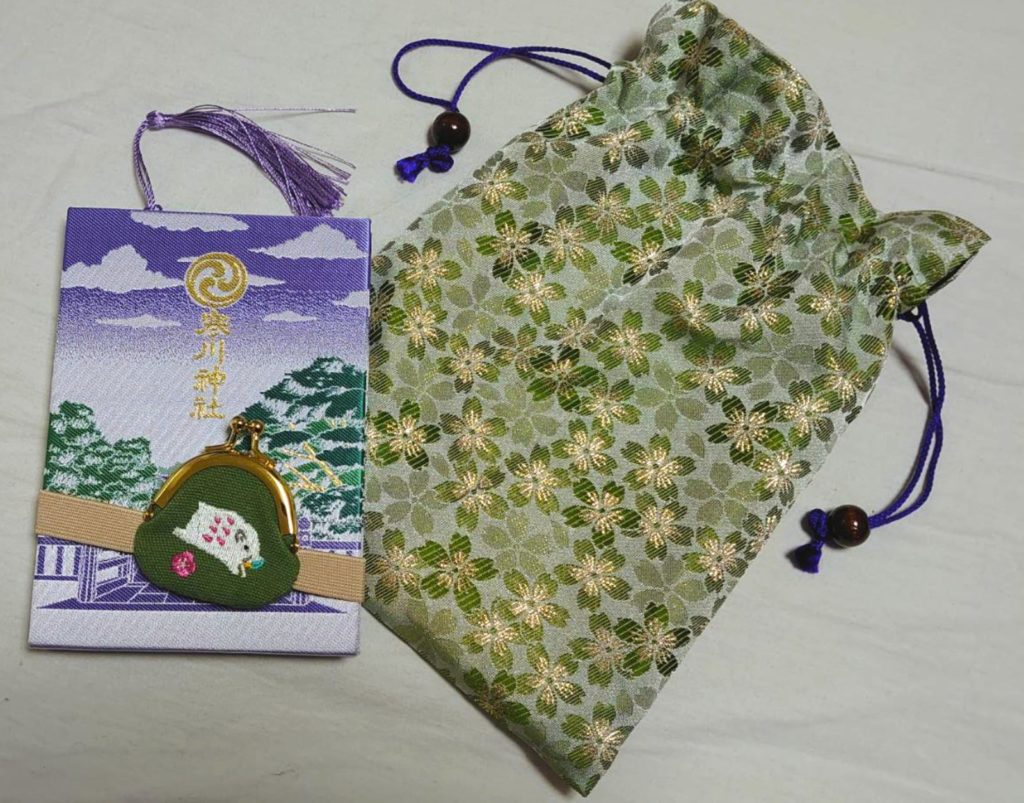
You can buy special bags and accessories for your goshuincho.
Unless you want to go all out – then you can purchase special bags made from matching kimono fabric to carry your goshuincho in (¥1000-¥5000), along with bookmarks to note which page should be used next (¥100-¥1500), binders with small coin purses attached to them to keep the goshuincho closed and to hold your goshuin money in (¥500-¥900), and so on. It all depends on you.
How do you collect Goshuin?
Obviously you have to visit a temple or shrine if you want to collect goshuin. Very small temples and shrines might only have goshuin during New Year’s or special events, but larger ones will have them all year round.
Within the grounds of the temple/shrine, look for where the omamori are sold. Near there you will see signs that read Goshuinjo (御朱印所), Shuinjo (朱印所), or Nokyojo (納経所) at temples, and Goshuinjo (御朱印所), Juyojo (授与所), or Shamusho (社務所) at shrines. Simply approach whoever is working in these areas, and they will help you through the process.
If you can’t read Japanese or don’t see any of these signs, you can ask one of the staff “Goshuin wa doko de moraemasu ka?” (御朱印はどこでもらえますか?) and they’ll guide you along.
View this post on Instagram
Some temples and shrines are exceptionally well known for their goshuin, so you might have to wait in line to hand in your goshuincho, and to collect it. If you’re visiting on a holiday or during an event, you might consider dropping off your goshuincho first, then praying at the temple/shrine before going back to collect it.
Goshuin meguri or stamp collector day trips
While it is true that the vast majority of shrines do have goshuin, not all do. Many temples don’t have them, only have them during festivals, New Year’s, or reserve them for families that are connected to that specific location.
If you’re not sure where to start looking, or you’d like to see what sorts of goshuin you can collect from a given location, you should head to your nearest bookstore. In the domestic travel section, you’ll find a row of books and magazines on famous goshuin from around Japan, the most beautiful goshuin of the year, exclusive/festival specific goshuin, and more.
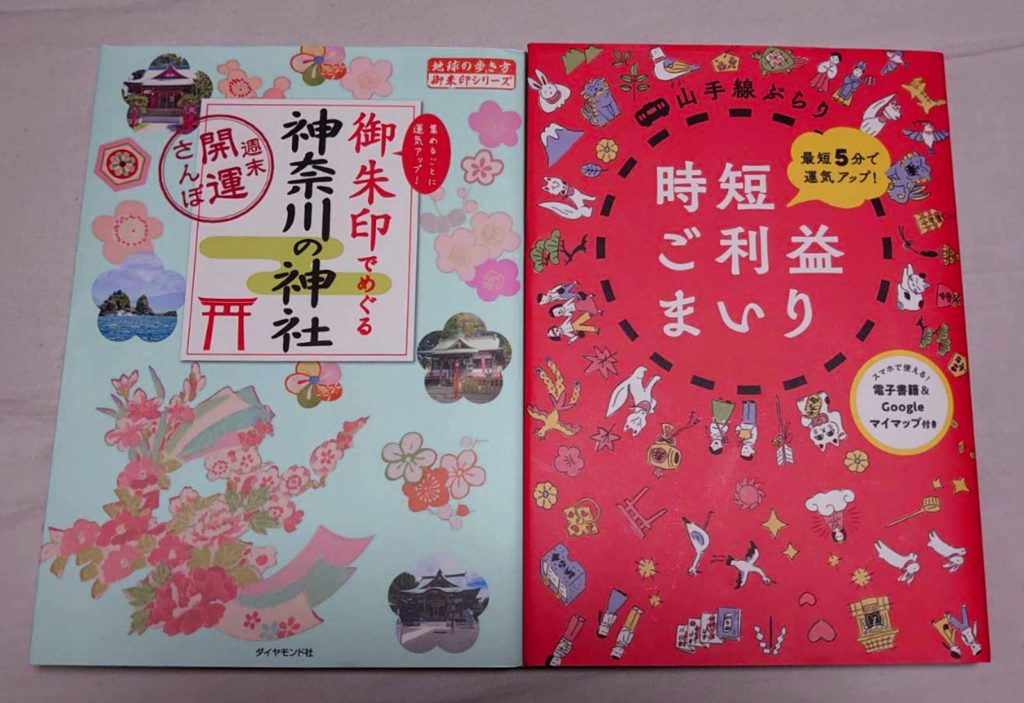
Pick up some goshuin meguri guides for trip-spiration.
Along with those Japan-wide selections, you’ll find books and sometimes local (prefecture specific) magazines for goshuin meguri (御朱印巡り) which are essentially day trips or long walks along a set course that will take to you anywhere from 2-10 shrines and temples in a given day.
These books can be for entire regions, set out by train lines, or some are set out based on movies and pop culture locations too. If you can read Japanese, they’re an invaluable source of information. If you can’t, they sometimes have the names written in romaji, which makes them easier to Google and research in English too.
Warning: Don’t give the gift of a Goshuin
While the goshuin themselves are beautiful examples of Japanese calligraphy, I wouldn’t suggest giving goshuin individually or in a filled out goshuincho as a gift. They may look like works of art to the unaware (and they are art, in a sense), devout believers of both Shinto and Buddhism may find it inappropriate, or offensive. My friend the Shrine priest said, “Goshuin are a sacred item between the visitor and the temple or shrine—it would be like giving a blessing away.”
How did I do in 2019?
View this post on Instagram
At the start, I said that this was part of my resolution for 2019, and I kept it up. I managed to do at least one goshuin meguri a month, learned even more about my own neighborhood, and met a lot of really lovely people in the process too.
It wasn’t always easy and it was pretty gross walking that much in the summer months, but I finally stuck with a resolution for the 12 full months.
If you’re looking for a relatively inexpensive way to add more exercise into your life, want to learn more about Japanese culture and religion, or just want to see more of Japan, then collecting goshuin could be this year’s hobby for you. Happy 2020!













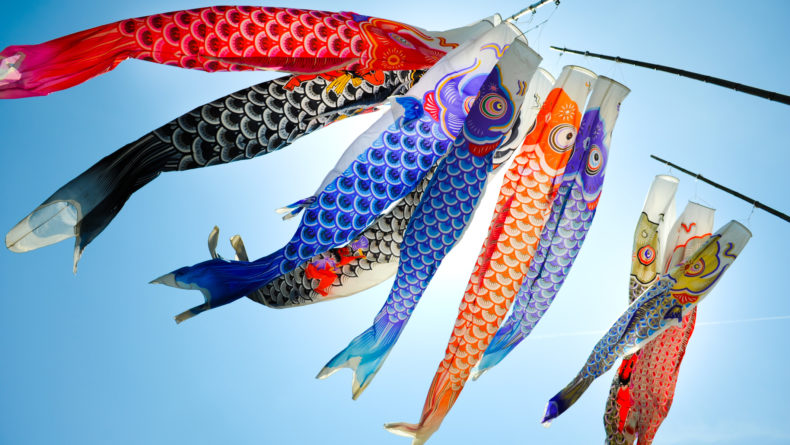
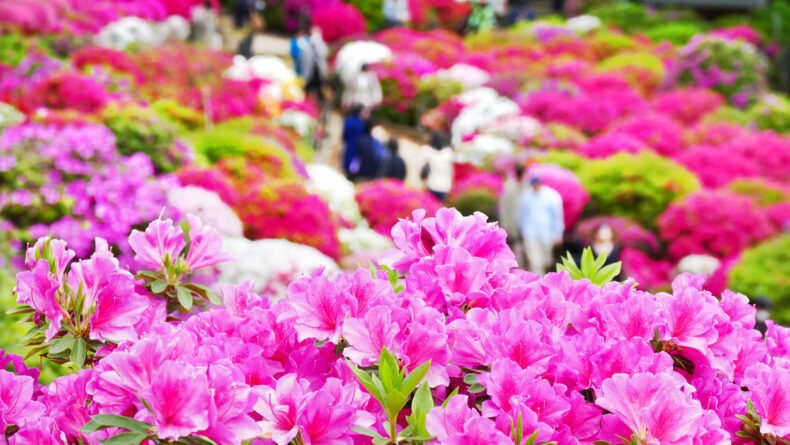
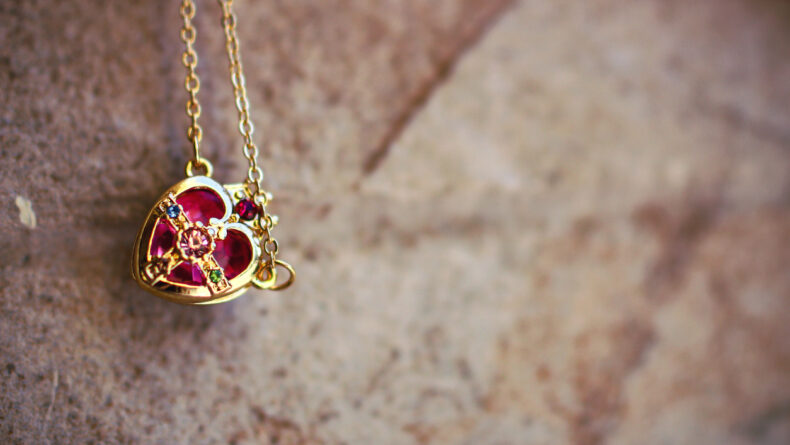
Leave a Reply